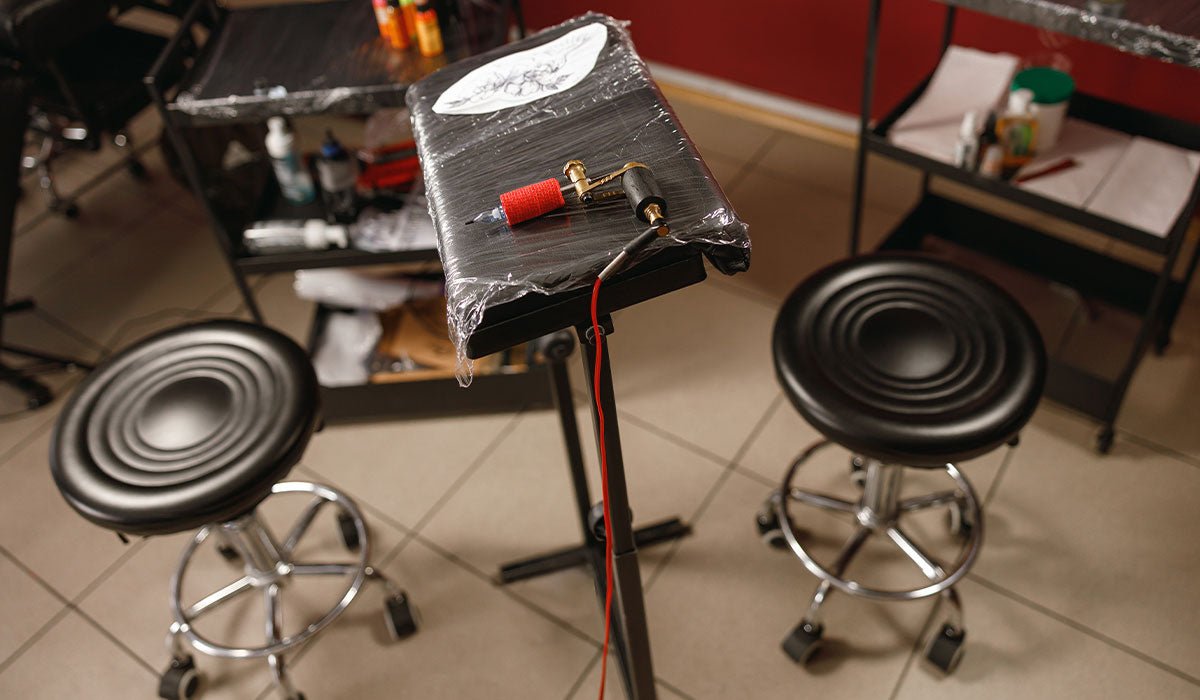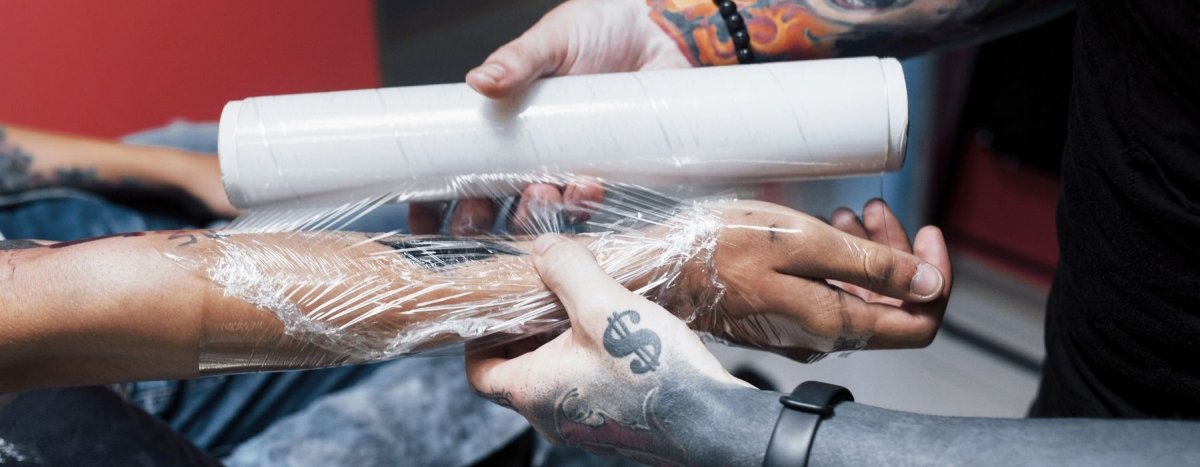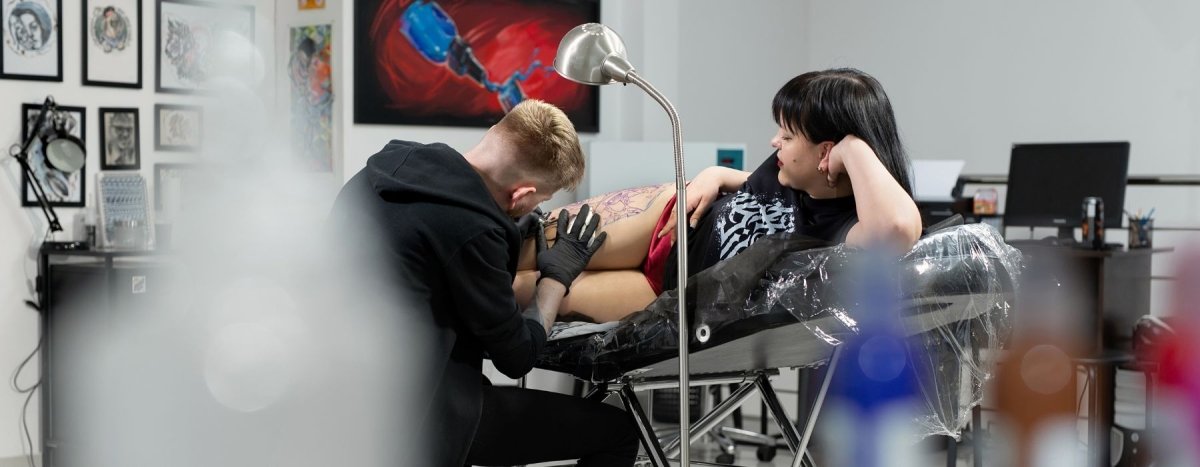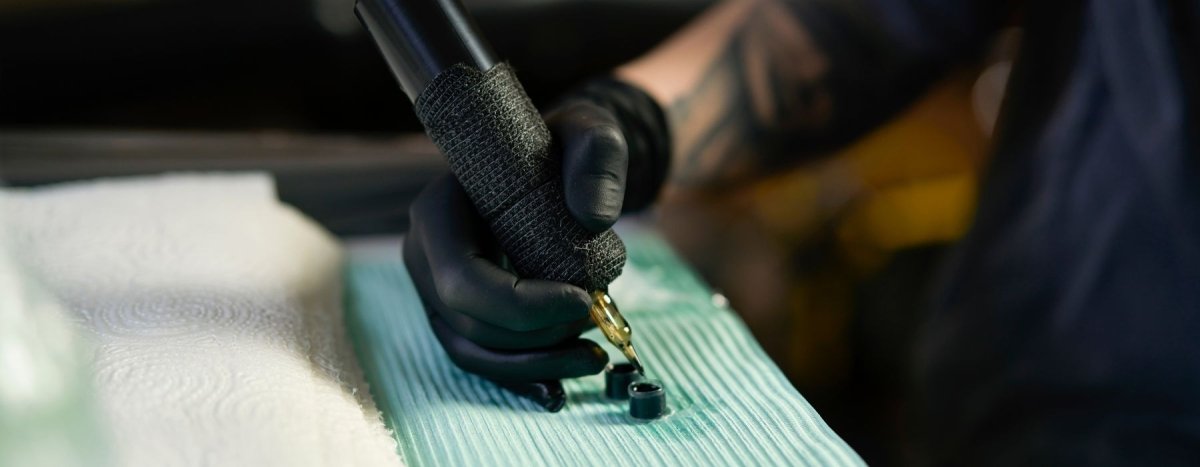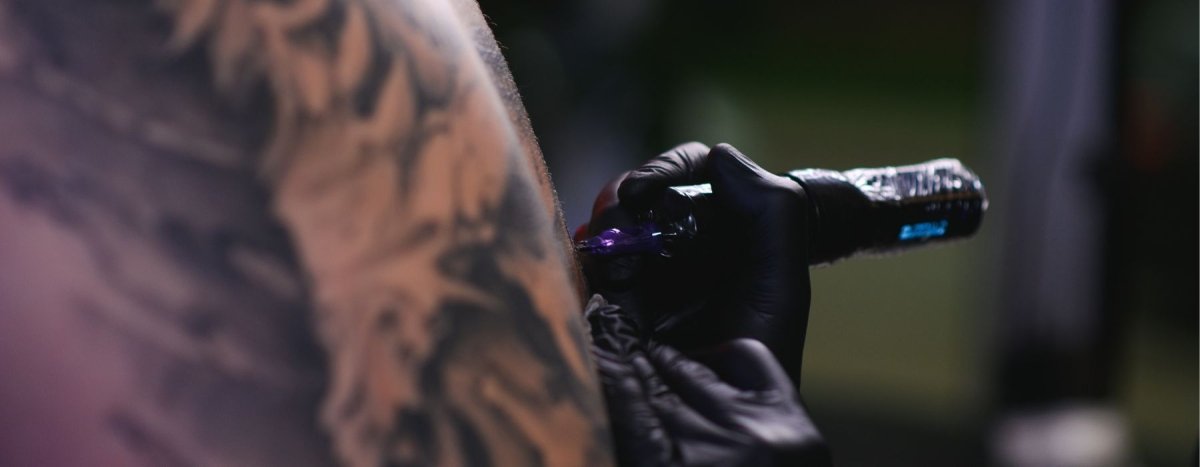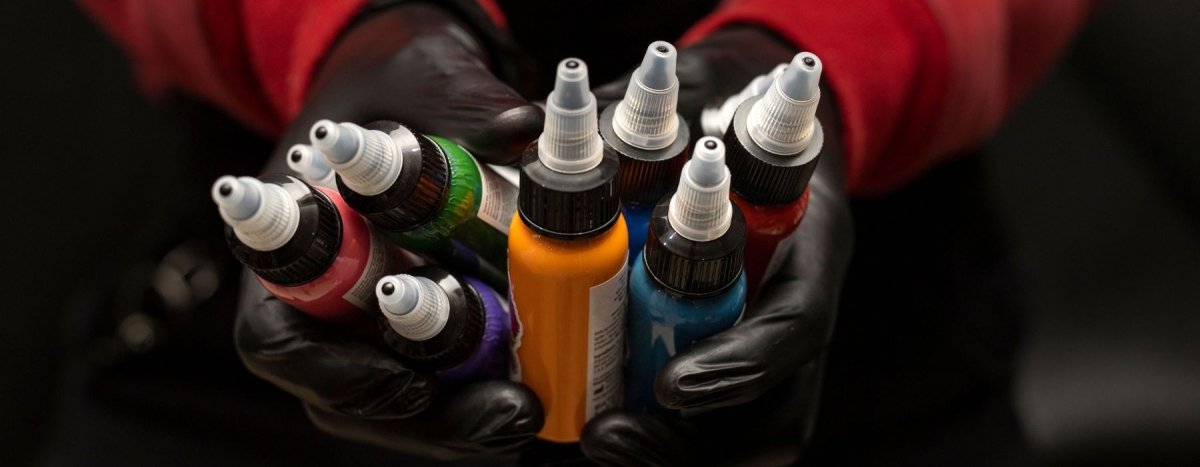Your cart is empty
Looks like you haven't added anything to your cart yet

Infection Control: Best Practices for Tattoo Artists
When it comes to tattooing, a flawless design is not the only factor that makes your craft exceptional. Infection control is equally, if not more, crucial. It safeguards both you and your client, ensuring a safe and seamless tattoo experience.
With a surge in the popularity of tattoos, infection control measures have become more important than ever. This article delves into the best practices for tattoo artists to ensure infection control, focusing on hygiene, sterilization, and aftercare.
What is Infection Control?
Infection control refers to the prevention of the spread of infections within healthcare settings. In the case of tattooing, the artist's workspace can be considered a healthcare setting where the risk of infection needs to be minimized. It involves procedures and practices aimed at reducing the risk of spreading pathogens.
Importance of Infection Control in Tattooing
- Customer Trust: Clients are more likely to trust artists who adhere to strict infection control practices.
- Legal Requirements: Regulatory bodies demand stringent infection control measures for tattoo parlors.
- Safety: Protects both the artist and the client from potentially life-threatening infections.
Hygiene and Cleanliness in Tattooing
Personal Hygiene Essentials
- Handwashing: It's vital to wash your hands with antibacterial soap before and after tattooing each client.
- Gloves: Use medical-grade disposable gloves and change them often.
- Protective Wear: Use disposable aprons or gowns to prevent cross-contamination.
Keeping the Workspace Clean
- Clean and Disinfect: Regularly sanitize chairs, armrests, and worktables.
- Use Disposable Supplies: Opt for disposable razors, wipes, and tissues.
- Foot Pedals: Choose foot pedals with disposable plastic covers, if available
Sterilization Techniques
- Autoclave Use: Sterilize reusable equipment in an autoclave.
- Disposable Needles: Always opt for disposable needles and tubes.
- Sterile Packaging: Use tools that come in individual, medically sterile packages.
- Indicator Strips: Employ sterilization indicator strips to confirm the effectiveness of autoclaving.
Tattooing Practices for Safety
- Single-Use Ink: Use ink from single-service containers to avoid contamination.
- Skin Preparation: Clean the skin with a medical-grade disinfectant before starting.
- Proper Waste Disposal: Dispose of needles, gloves, and other contaminated items in biohazard containers.
Client Aftercare
- Aftercare Instructions: Give each client a detailed aftercare sheet.
- Recommend Topical Products: Suggest medically approved ointments and creams.
- Prompt Follow-Ups: Advise clients to report any infection signs immediately.
Conclusion
Infection control is crucial in tattooing. Adhering to hygiene and sterilization best practices is essential for client safety and building trust. This not only meets regulatory requirements but also showcases your professionalism.
FAQs
- Autoclave Maintenance: Service your autoclave annually as recommended by manufacturers.
- Ink Usage: Never reuse ink. Dispose of any leftover ink appropriately.
- Handling Infections: If a client reports an infection, advise immediate medical consultation and reassess your hygiene practices. Following these guidelines ensures a safe and satisfying tattooing experience for all.
Featured Blogs
- Choosing a selection results in a full page refresh.




